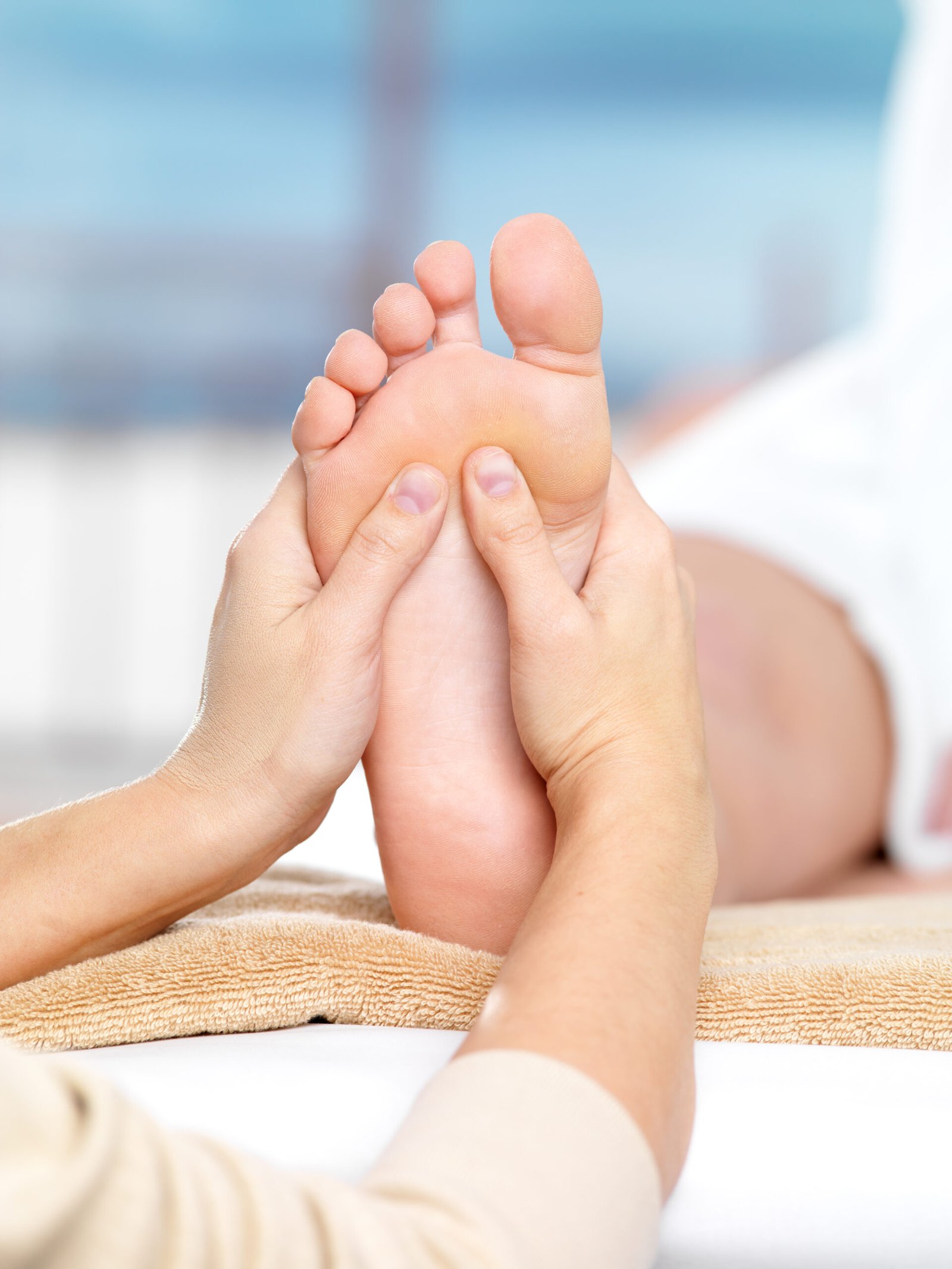Acupressure Therapy
Acupressure is an alternative therapy that involves applying manual pressure to specific points on the body, known as acupoints. This practice is based on the principles of traditional Chinese medicine (TCM) and is believed to promote the flow of vital energy, or Qi, along the body’s meridians. Acupressure is used for various purposes, including pain relief, relaxation, and improving overall well-being. Acupressure centre near me Here are key points about acupressure therapy.

1. Acupoints: Acupressure involves applying pressure to specific points on the body where Qi is believed to flow. These points are often located along meridians, which are energy pathways in the body.
2. Pressure Techniques: Practitioners use their fingers, hands, elbows, or special tools to apply pressure to acupoints. The pressure can be steady or rhythmic, and the intensity may vary depending on the individual’s comfort level.
3. Pain Relief: Acupressure is commonly used for pain management, including headaches, migraines, muscle tension, and joint pain. Applying pressure to certain acupoints is believed to release tension, improve blood circulation, and alleviate pain. Acupressure
4. Stress Reduction and Relaxation: Acupressure is often used as a relaxation technique. Stimulating specific points is believed to help calm the nervous system, reduce stress, and promote a sense of relaxation.
5. Nausea and Motion Sickness: Some studies suggest that acupressure may be effective in reducing nausea and vomiting associated with conditions like morning sickness in pregnancy or motion sickness.
6. Insomnia: Acupressure may be employed to address sleep-related issues by targeting specific acupoints thought to influence sleep patterns and promote relaxation.
7. Self-Care: Acupressure can be performed by individuals on themselves or by a trained practitioner. There are also tools, such as acupressure mats or rollers, designed for self-administration.
8. Traditional Chinese Medicine (TCM) Principles:** Acupressure is based on the same principles as acupuncture, but instead of needles, it relies on manual pressure. Both practices aim to balance the body’s energy and promote overall health.
9. Complementary Therapy: Acupressure is often used as a complementary therapy alongside conventional medical treatments. It is essential to consult with healthcare professionals, especially for serious health conditions.
10. Safety Considerations: While acupressure is generally considered safe, it may not be suitable for everyone. People with certain health conditions, such as fractures, open wounds, or pregnancy, should consult with a healthcare professional before using acupressure.
Individuals interested in acupressure therapy can explore self-care techniques or seek the guidance of trained practitioners. As with any alternative therapy, it’s crucial to communicate with healthcare providers to ensure that it complements overall health and any existing medical treatments. Acupressure centre near me

